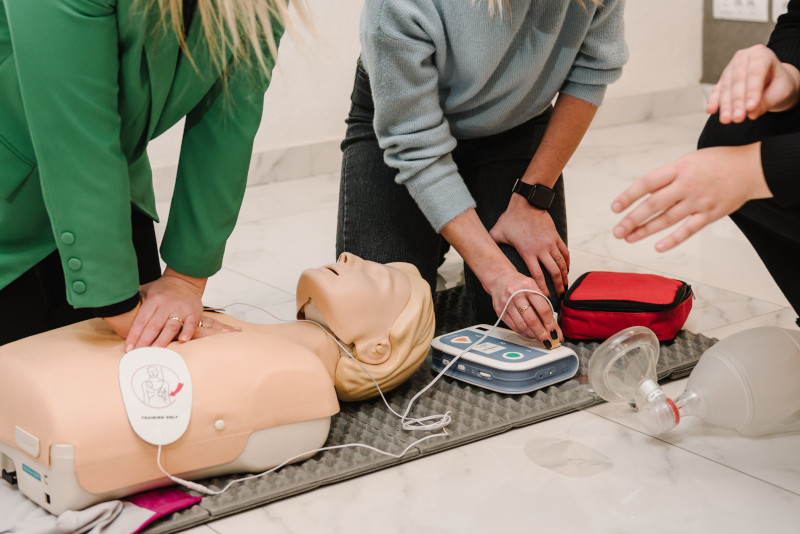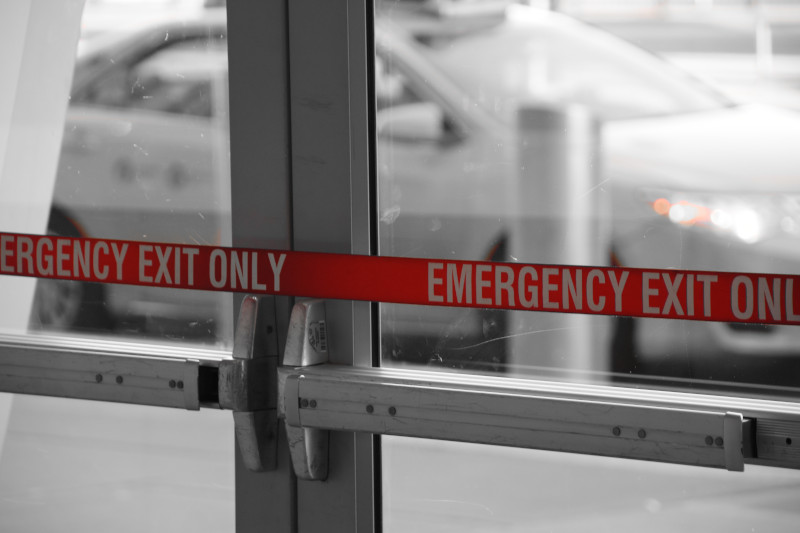CPR and AED in your schools

Picture this: During a physical education class, the teacher experiences sudden cardiac arrest. You have a problem: None of the other staff members in the gym know how to perform cardiopulmonary resuscitation (CPR) or use an automated external defibrillator (AED). Instead, precious time is lost waiting for the building nurse to respond and initiate care. The ability to promptly perform lifesaving measures in these situations is increased if every staff member in your school is certified to administer CPR and use an AED when required.
The requirement for school staff to maintain a CPR certification varies by state laws. Some states require school staff to maintain CPR, AED and first aid certification and/or students to be provided CPR, AED and first aid certification as a requirement to graduate.
Does your school have either of these requirements? If so, do you provide easy access to CPR and AED training? If not, have you considered the risks of not having staff members trained in lifesaving techniques?
Why CPR and AED matter
Cardiopulmonary resuscitation is a lifesaving procedure performed when the heart stops beating. A person who receives immediate CPR after suffering from cardiac arrest has double or triple the chance of survival, compared to a person who does not.
An AED, meanwhile, can deliver that extra step of care that a person needs after receiving CPR. It can analyze the heart’s rhythm and, if necessary, administer an electrical shock to help the heart re-establish an effective rhythm.
According to the American Heart Association, CPR and AED are two important links in the Chain of Survival:
- Recognizing cardiac arrest and calling 911.
- Administering early CPR, with an emphasis on chest compressions.
- Performing rapid defibrillation.
- Enabling Emergency Medical Services to perform advanced resuscitation.
- Arranging for post-cardiac arrest care.
- Undergoing recovery, including additional treatment, observation, rehabilitation and psychological support.
How to support your staff
The best way to ensure your staff members are all trained in CPR and AED is by sponsoring several CPR certification trainings. But if that isn’t possible, you could also partner with a local organization to offer classes in a different location. In some situations, online classes are an option, too.
Educating your staff could literally mean the difference between life and death. Take the steps to make sure it happens.
Check out additional employee safety risk control tips here.




